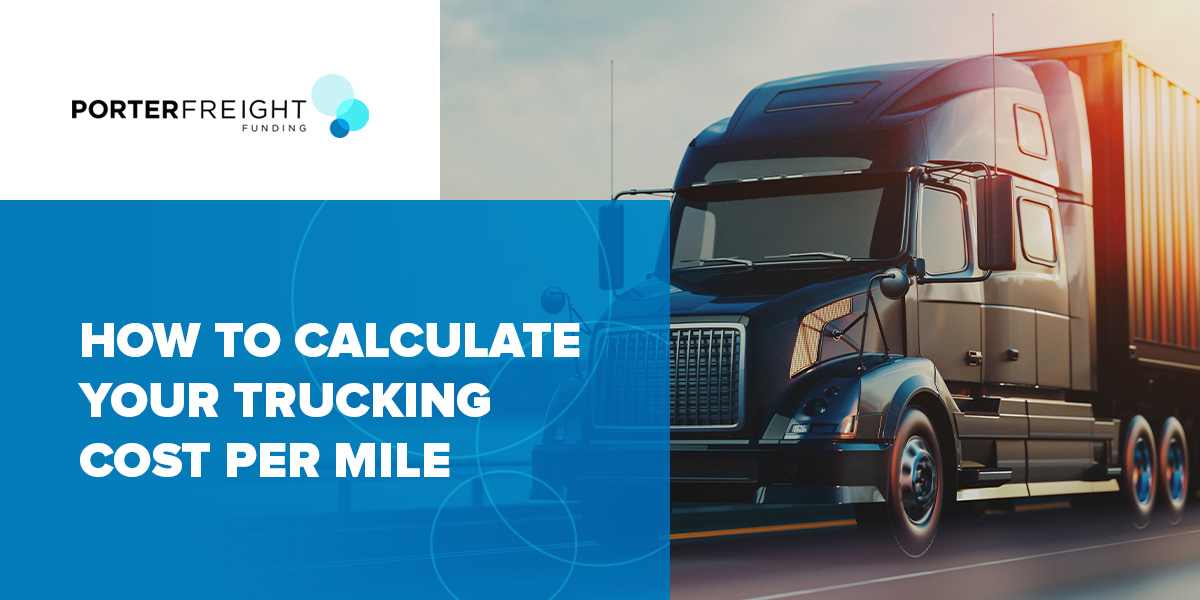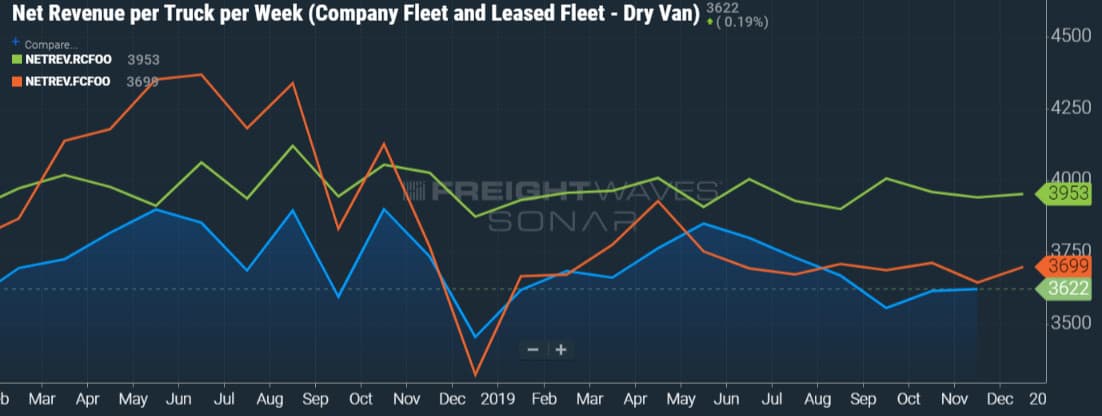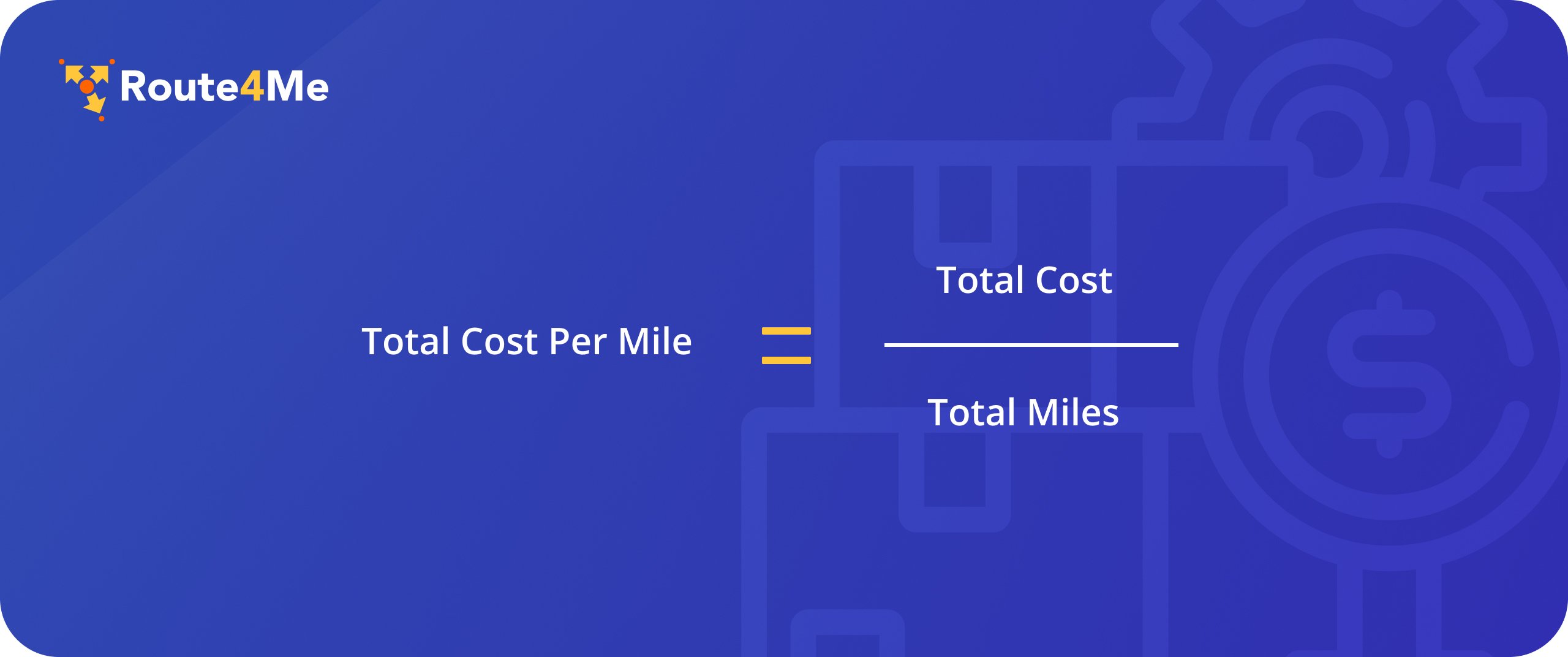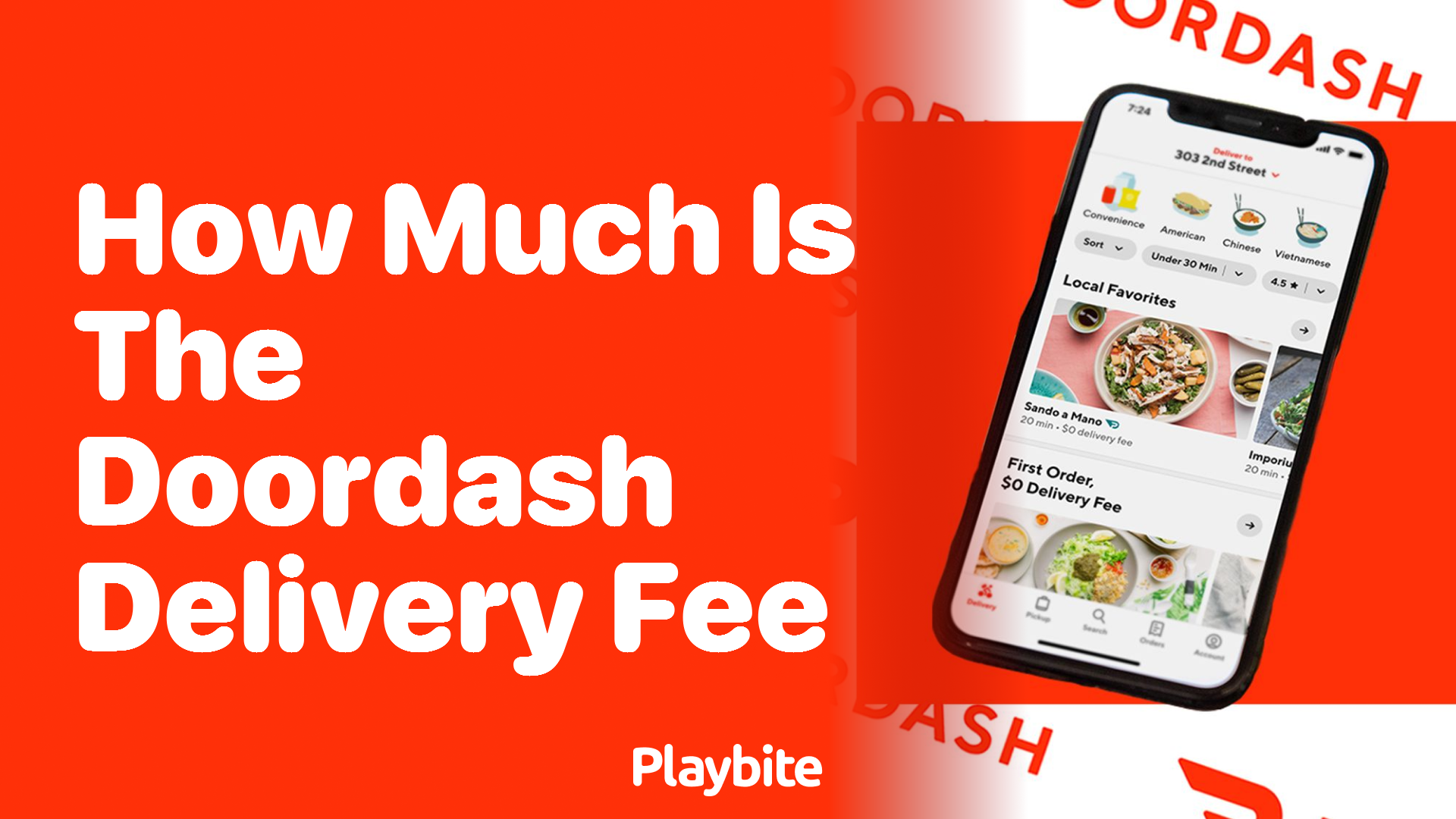How To Calculate Trucking Cost Per Mile

Determining the trucking cost per mile is a crucial aspect of the transportation industry, especially for businesses involved in freight and logistics. This calculation provides valuable insights into the financial implications of long-haul trucking operations and helps optimize fleet management strategies. In this comprehensive guide, we will delve into the various factors that influence trucking costs, providing a step-by-step approach to calculating the cost per mile and offering expert insights on cost optimization.
Understanding the Factors That Impact Trucking Costs

Trucking costs are influenced by a multitude of factors, each playing a significant role in the overall operational expenses. These factors can be broadly categorized into:
Variable Costs
- Fuel Costs: Fuel consumption is a major expense, with prices varying based on fuel efficiency, route distance, and market fluctuations.
- Maintenance and Repair: Regular maintenance and unexpected repairs are essential for fleet health, impacting overall costs.
- Toll Charges: Depending on the routes taken, toll fees can add up significantly over time.
- Driver Compensation: Wages, benefits, and overtime pay contribute to the overall trucking costs.
- Insurance and Permits: Insurance premiums and necessary permits for specific routes or loads can increase operational expenses.
Fixed Costs
- Truck Acquisition and Depreciation: The initial purchase or lease cost of trucks, along with their depreciation over time, forms a significant fixed expense.
- Overhead Expenses: Administrative costs, office space, and other general expenses fall under this category.
- Training and Compliance: Regular training for drivers and compliance with safety regulations are necessary investments.
External Factors
- Market Conditions: Fluctuations in the freight market, such as changes in demand or fuel prices, can directly impact trucking costs.
- Seasonal Variations: Certain seasons may see an increase in transportation needs, leading to higher costs.
- Regulatory Changes: Government policies and regulations can influence trucking operations and associated costs.
Step-by-Step Guide to Calculating Trucking Cost Per Mile

To accurately determine the trucking cost per mile, follow these detailed steps:
Step 1: Gather Essential Data
Collect the following information for a comprehensive analysis:
- Total mileage covered by the fleet in a specific period (e.g., a month or a quarter)
- Fuel consumption data, including gallons used and costs incurred
- Maintenance and repair records, detailing expenses and frequency
- Toll charges paid during the selected period
- Driver payroll records, including wages, benefits, and overtime pay
- Insurance premiums and permit costs for the fleet
- Depreciation rates and expenses for trucks in the fleet
- Overhead expenses, such as office rent and administrative costs
- Training and compliance costs for the given period
Step 2: Calculate Variable Costs Per Mile
Determine the variable costs per mile by dividing the total variable expenses by the total mileage covered. This calculation provides an average cost for each mile driven, including fuel, maintenance, tolls, and driver compensation.
| Variable Costs | Total Cost | Cost Per Mile |
|---|---|---|
| Fuel Costs | $[FuelCost] | $[FuelCostPerMile] |
| Maintenance and Repair | $[MaintenanceCost] | $[MaintenanceCostPerMile] |
| Toll Charges | $[TollCost] | $[TollCostPerMile] |
| Driver Compensation | $[DriverCost] | $[DriverCostPerMile] |
| Insurance and Permits | $[InsuranceCost] | $[InsuranceCostPerMile] |
| Total Variable Costs Per Mile | $[TotalVariableCost] | $[TotalVariableCostPerMile] |

Step 3: Determine Fixed Costs Per Mile
Calculate the fixed costs per mile by dividing the total fixed expenses by the total mileage covered. This calculation provides an average fixed cost for each mile driven, including truck acquisition and depreciation, overhead expenses, and training costs.
| Fixed Costs | Total Cost | Cost Per Mile |
|---|---|---|
| Truck Acquisition and Depreciation | $[TruckCost] | $[TruckCostPerMile] |
| Overhead Expenses | $[OverheadCost] | $[OverheadCostPerMile] |
| Training and Compliance | $[TrainingCost] | $[TrainingCostPerMile] |
| Total Fixed Costs Per Mile | $[TotalFixedCost] | $[TotalFixedCostPerMile] |
Step 4: Compute Total Cost Per Mile
Add the variable and fixed costs per mile to find the overall trucking cost per mile.
Total Cost Per Mile = $[TotalVariableCostPerMile] + $[TotalFixedCostPerMile]
Step 5: Analyze and Optimize
Examine the calculated cost per mile and compare it with industry benchmarks and previous performance. Identify areas where costs can be optimized, such as negotiating better fuel rates, improving fleet maintenance strategies, or exploring cost-effective training programs.
Expert Insights for Cost Optimization
Here are some advanced strategies and considerations for optimizing trucking costs:
Fuel Efficiency
Implementing fuel-efficient practices can significantly reduce costs. This includes optimizing routes to minimize idle time, ensuring proper tire inflation, and considering fuel-efficient truck models.
Maintenance Strategies
A well-planned maintenance schedule can prevent costly breakdowns. Regular inspections, timely repairs, and using high-quality components can extend the lifespan of trucks and reduce maintenance costs.
Route Optimization
Utilizing advanced GPS and routing software can help identify the most efficient routes, reducing mileage and associated costs. Additionally, avoiding congested areas can minimize fuel consumption and toll charges.
Driver Training and Performance
Investing in driver training programs focused on fuel-efficient driving techniques and safety can improve overall performance. Well-trained drivers are more likely to adhere to efficient practices, reducing fuel costs and maintenance needs.
Leveraging Technology
Implementing fleet management software can provide real-time insights into truck performance, driver behavior, and fuel efficiency. This data can be used to make informed decisions and optimize operations.
Financial Strategies
Exploring financing options for truck acquisition, such as leasing or specialized loans, can help manage cash flow and reduce the financial burden of depreciation.
Cost-Benefit Analysis
Conducting regular cost-benefit analyses for new initiatives or equipment upgrades can ensure that investments align with cost optimization goals.
Conclusion
Calculating the trucking cost per mile is a complex but essential process for fleet managers and transportation businesses. By understanding the various cost components and implementing optimization strategies, companies can enhance their financial performance and gain a competitive edge in the market. Stay tuned for more insights and best practices in the dynamic world of trucking and logistics.
How often should trucking cost per mile be calculated?
+The frequency of calculating trucking cost per mile depends on the specific needs and goals of the business. However, it is generally recommended to calculate this metric at least quarterly to capture seasonal variations and market fluctuations. Monthly calculations can provide more detailed insights for cost optimization.
What are some common challenges in calculating trucking costs accurately?
+Common challenges include inconsistent data collection, especially for fuel consumption and maintenance expenses. Additionally, allocating overhead expenses accurately can be complex, as these costs are not directly tied to individual trucks or drivers. Regular audits and improved data tracking can help address these challenges.
How can fleet managers ensure data accuracy for cost calculations?
+Implementing robust data collection systems, such as digital logbooks and GPS tracking, can improve data accuracy. Regular audits and cross-checking of data sources can also help identify and correct any discrepancies. Additionally, providing comprehensive training to drivers and office staff can ensure consistent and accurate data entry.
What are the key benefits of optimizing trucking costs?
+Optimizing trucking costs leads to improved financial performance, enhanced profitability, and increased competitiveness in the market. It also allows businesses to invest in growth initiatives and technological advancements, ensuring long-term sustainability and success.
How can fleet managers stay updated with industry trends and best practices for cost optimization?
+Attending industry conferences, webinars, and workshops can provide valuable insights and networking opportunities. Additionally, subscribing to relevant industry publications and following thought leaders in the field can help fleet managers stay informed about emerging trends and best practices for cost optimization in the trucking industry.



